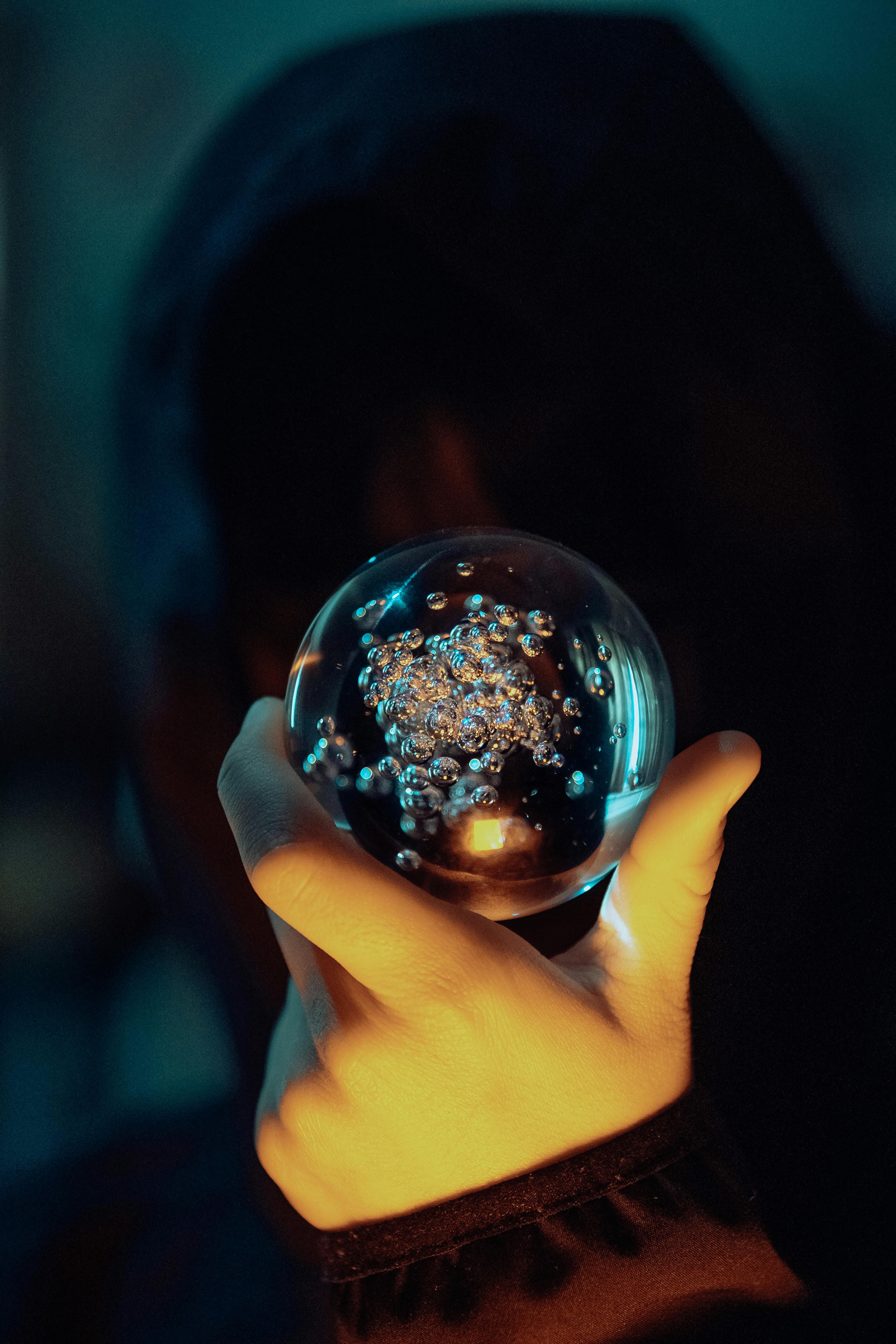Increased Frequency of Migraines Accompanied by Auras? Uncovering Possible Causes
Migraines with aura, also known as wild headaches with strange lights, ringing ears, and tingling hands, can be a real pain in the back of your skull – literal and figurative! If you're experiencing an increase in these mysterious aura-infused migraines, then you've come to the right place.
Here, we dive into the complexities of migraine with aura and offer insights to help you manage symptoms and find long-lasting relief.
Up until now, doctors and researchers haven’t quite figured out why the funky aura symptoms pop up during migraines. However, they've discovered potential causes like hormonal fluctuations, environmental triggers, and neurological disorders lurking in the background.
Curious about your sudden spike in auras? Chat with your doctor. They'll assist in ruling out potential medical issues and discuss options for medication to help you battle your migraines.
The Lowdown on Migraine with Aura
Did you know that up to one-third of migraine sufferers experience auras? Typically, they serve as the first sign of an oncoming attack, and experts claim they can linger from 5 to 60 minutes.
Let's get into the various types of aura symptoms − you might experience one, a few, or all during a migraine with aura:
- Visual Aura
- Black spots
- Flashbulb vision zaps
- Shimmering bright light patterns
- Auditory Aura
- Ringing in your ears
- Hearing non-existent noises or tunes
- Sensory Aura
- Tingling or pins-and-needles in the hands, face, or body
- Motor Aura
- Sudden weakness on one side of the body or face (rare but terrifying)
- Speech Aura
- Slurred or garbled speech
- Trouble finding and articulating words
But why, you ask? Migraine with Aura Causes
Migraines with aura feel extra crummy, and they can also worry doctors, as research shows they double the risk for issues like ischemic stroke.
The tricky part is understanding why folks experience auras during migraines. Many experts believe an aura is set off by vascular changes or neurotransmitters running amok, causing a migraine-inducing wave of disrupted brain activity (known as cortical spreading depression).
So, while we may not know why a sudden increase in migraines with aura happens, there are typical suspects:
- Hormones
- Environmental triggers
- Neurological conditions
It Could All Be Hormonal
If you're a woman and your migraine attacks include auras, hormonal shifts could be a factor. Research from 2012 showed women tend to experience more or more intense migraines during periods of hormonal change, like:
- Menses
- Pregnancy
- Adolescence
- Menopause
It’s Probably Those Annoying Triggers
We've all got our migraine-inducing faves, like stress, lack of sleep, or certain foods. These pesky migraine triggers could also spark an increase in auras:
- High stress or anxiety
- Too much caffeine
- Erratic sleep schedules
- Sudden exposure to bright lights, loud noises, or intense smells
- Seasonal changes or weather patterns
- Allergies
Could Be a Medical Condition
Just when you thought the mystery was unraveling, we reach creepy twists. Remember how cortical spreading depression could be related to auras? Well, they're also associated with other neurological issues.
One of these conditions or experiences might explain a sudden increase in migraine with aura:
- Stroke
- Brain trauma
- Seizures
- Brain tumors
- Increase in migraine attacks (in general)
Stop the Madness! How to Find Relief
Besides being exhausting and painful, migraines with aura can be a real head-scratcher for researchers. On the bright side, they do offer a few treatment techniques for managing migraines as a whole.
Prevention Meds
Docs tend to recommend long-term meds for individuals who experience frequent or severe migraines, with or without auras. Here are a few preventative med options:
- Beta-Blockers: Propranolol and Metoprolol are commonly prescribed. Over 50 clinical trials have confirmed their effectiveness against migraine[1].
- Antidepressants: Some prescription antidepressants, like amitriptyline or venlafaxine, may help with migraines[2].
- Anticonvulsants:These medications, designed to prevent seizures, might ease migraine symptoms for some folks, like valproate or topiramate[2].
- Calcium Channel Blockers: Although meant to lower blood pressure, certain calcium channel blockers like verapamil could also prevent migraine with aura[3].
Pain Relief Meds
You in the middle of an aura-meets-headache dance? Try these common migraine relief methods[2]:
- Over-the-counter pain relievers: Aspirin, ibuprofen, or naproxen could stop a migraine in its tracks when caught early.
- Triptans: Your doctor can prescribe these for specific migraine pain relief. However, avoid 'em if you've experienced a stroke, basilar migraine, or severe vascular issues[1].
- ER Migraine Cocktail: When needed, these doc-made medication combos swing into action against migraines in emergency rooms.
Can You Prevent Migraine with Aura?
Since researchers aren't entirely sure what causes migraine with aura, it's impossible to recommend a fail-safe prevention method. That’s why it’s crucial to learn about your migraine triggers, avoid them whenever possible, and stick to a reliable self-care routine.
Lifestyle Changes to Manage Migraines
Build a self-care arsenal to better manage migraines:
- Establish a schedule: Regular mealtimes, good sleep habits, and a consistent work routine should be your mission.
- Identify triggers: Keep a headache diary to determine your migraine triggers.
- Create a “migraine kit”: A bag of essential migraine relief items is a great thing to keep handy in your car, office, or home.
- Consider dietary adjustments: Finally, if certain yummies like chocolate, citrus fruit, wheat, aged cheese, and fermented foods trigger your migraines, it might be worth switching them up for alternative options.
When to Call the Doctor
When the going gets tough, don't hesitate to reach out to your healthcare provider! Be sure to call if you experience sudden, severe new migraine symptoms (including aura), new vision issues, thunderclap headaches (sudden, severe head pain that could signal a blood vessel issue), or facial drooping or other stroke symptoms during a migraine.
In a Nutshell
- Migraines with aura involve strange sensory disturbances, often triggered by a mix of genetic and environmental factors.
- Hormonal fluctuations, stress, and certain foods can contribute to migraines with aura for some people.
- While treatments for migraines with aura aren't yet foolproof, medications like beta-blockers, antidepressants, anticonvulsants, and calcium channel blockers may provide relief for patients.
- Preventive measures, such as sticking to a schedule, identifying triggers, developing a migraine kit, and rethinking your diet, can help minimize migraine episodes.
- Always consult your healthcare provider about new or sudden symptoms to ensure proper diagnosis and treatment.
- Migraine with aura typically lasts from 5 to 60 minutes and affects up to one-third of migraine sufferers, acting as a precursor to an attack.
- The causes behind the sudden spike in migraines with aura are still not fully understood, but potential factors include hormonal fluctuations, environmental triggers, and neurological disorders.
- Understanding and avoiding migraine triggers, as well as establishing a consistent schedule and self-care routine, can help in managing migraines with aura.




